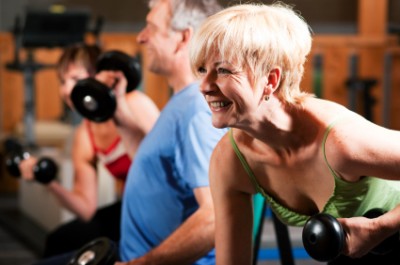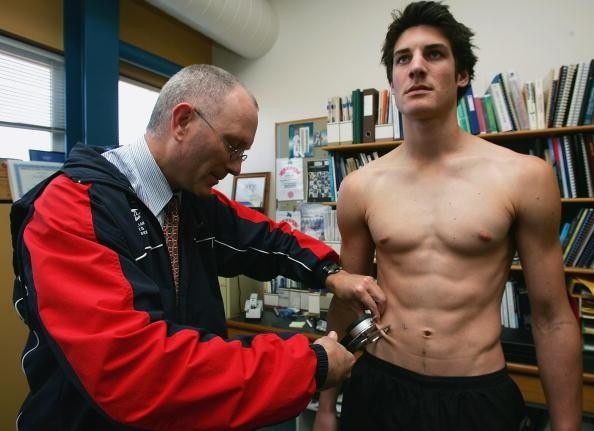Toddler Safety Is Very Important
Photo Credit
Photo Credit
1) It is important for parents to recognize that the child can now walk, run, climb, jump, and explore. This new stage of movement makes child-proofing the home essential. Window guards, gates on stairways, cabinet locks, toilet seat locks, electric outlet covers, and other safety features are essential.
2) As during the infancy period, place the toddler in a safety restraint (toddler car seat) when riding in a car.
3) Do not leave a toddler unattended for even short periods of time. Remember, more accidents occur during the toddler years than at any other stage of childhood.
4) Introduce and strictly stick to rules about not playing in streets or crossing without an adult.
5) Falls are a major cause of injury. Keep gates or doors to stairways closed, and use guards for all windows above the ground floor. Do not leave chairs or ladders in areas that are likely to tempt the toddler into climbing up to explore new heights. Use corner guards on furniture in areas where the toddler is likely to walk, play, or run.
6) Childhood poisonings are a frequent source of illness and death during the toddler years. Keep all medications in a locked cabinet. Keep all toxic household products (polishes, acids, cleaning solutions, chlorine bleach, lighter fluid, insecticides, or poisons) in a locked cabinet or closet. Many household plants may cause illness if eaten. Toad stools and other garden plants may cause serious illness or death. Get a list of these common plants from your pediatrician.
7) If a family member owns a firearm, make sure it is unloaded and locked up in a secure place.
8) Keep toddlers away from the kitchen with a safety gate, or place them in a playpen or high chair. This will eliminate the danger of burns from pulling hot foods off the stove or bumping into the hot oven door.
9) Toddlers love to play in water, but should never be allowed to do so alone. A toddler may drown even in shallow water in a bathtub. Parent-child swimming lessons can be another safe and enjoyable way for toddlers to play in water. Never leave a child unattended near a pool, open toilet, or bathtub. Toddlers cannot learn how to swim and cannot be independent near any body of water.








.jpg)
























































